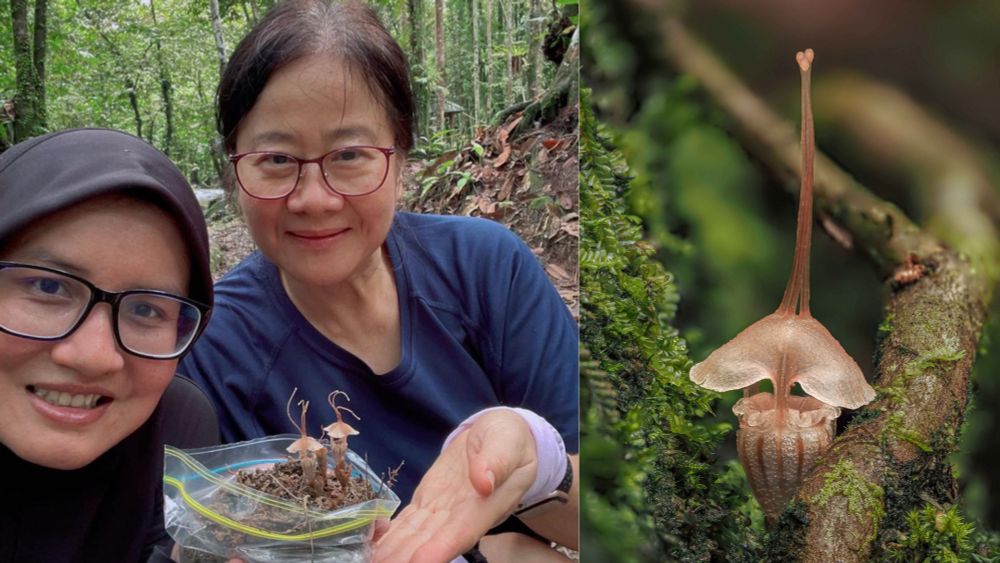
Publishes new taxa, revisions, checklists, data papers & more from any geological age and any part of the world.
Published by @pensoft.net. Powered by ARPHA.
Website: phytokeys.pensoft.net

#newspecies #taxonomy #chrysophytes

#newspecies #taxonomy #chrysophytes
Find out more here: doi.org/10.3897/phyt...
@ulaval.ca

Find out more here: doi.org/10.3897/phyt...
@ulaval.ca
Learn more here: doi.org/10.3897/phyt...
#newspecies #phylogeny

Learn more here: doi.org/10.3897/phyt...
#newspecies #phylogeny
doi.org/10.3897/phyt...

doi.org/10.3897/phyt...
Check it out: doi.org/10.3897/phyt...
#newspecies #taxonomy

Check it out: doi.org/10.3897/phyt...
#newspecies #taxonomy

doi.org/10.3897/phyt...




doi.org/10.3897/phyt...
Curious? Explore the full study here: doi.org/10.3897/phyt...

Curious? Explore the full study here: doi.org/10.3897/phyt...
Interested? See more here: doi.org/10.3897/phyt...

Interested? See more here: doi.org/10.3897/phyt...
🔗 doi.org/10.3897/phyt...

🔗 doi.org/10.3897/phyt...
🔗 doi.org/10.3897/phyt...

🔗 doi.org/10.3897/phyt...
doi.org/10.3897/phyt...

doi.org/10.3897/phyt...
🔗 doi.org/10.3897/phyt...

🔗 doi.org/10.3897/phyt...
🔗 doi.org/10.3897/phyt...

🔗 doi.org/10.3897/phyt...
🔗 doi.org/10.3897/phyt...


🔗 doi.org/10.3897/phyt...
🔗 doi.org/10.3897/phyt...

🔗 doi.org/10.3897/phyt...
Researchers call for urgent conservation measures as fewer than 20 of the plants are known to exist in the wild.
🔗 blog.pensoft.net/2025/12/02/n...

Researchers call for urgent conservation measures as fewer than 20 of the plants are known to exist in the wild.
🔗 blog.pensoft.net/2025/12/02/n...
🔗 doi.org/10.3897/phyt...

🔗 doi.org/10.3897/phyt...
🔗 doi.org/10.3897/phyt...

🔗 doi.org/10.3897/phyt...
🔗 doi.org/10.3897/phyt...

🔗 doi.org/10.3897/phyt...
🔗 doi.org/10.3897/phyt...


🔗 doi.org/10.3897/phyt...
🔗 Learn all about it on the @pensoft.net blog: blog.pensoft.net/2025/12/02/n...

🔗 Learn all about it on the @pensoft.net blog: blog.pensoft.net/2025/12/02/n...
🔗 doi.org/10.3897/phyt...

🔗 doi.org/10.3897/phyt...
🔗 doi.org/10.3897/phyt...

🔗 doi.org/10.3897/phyt...

